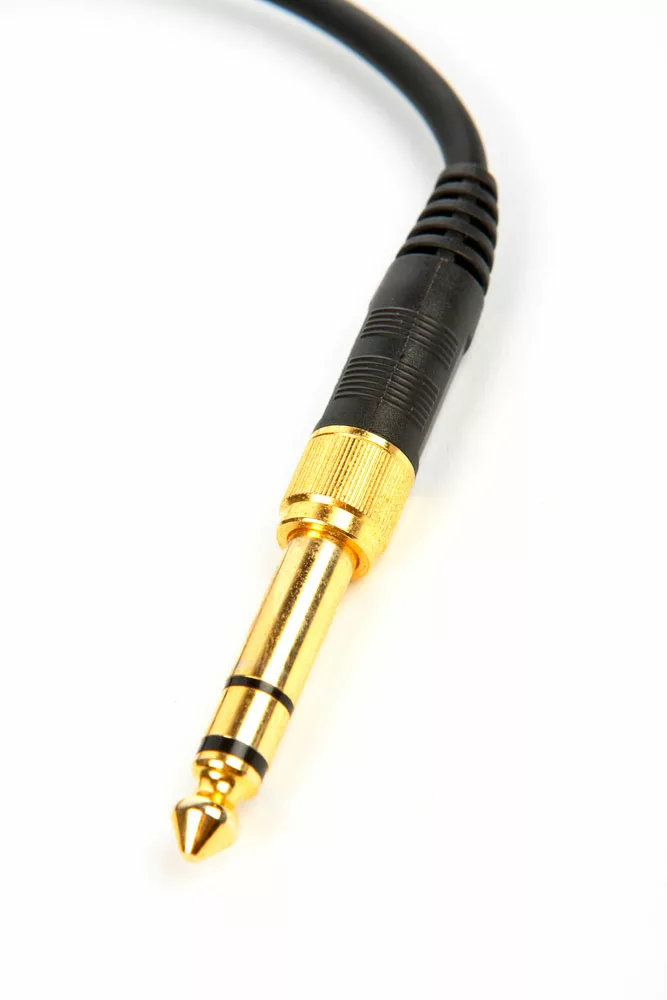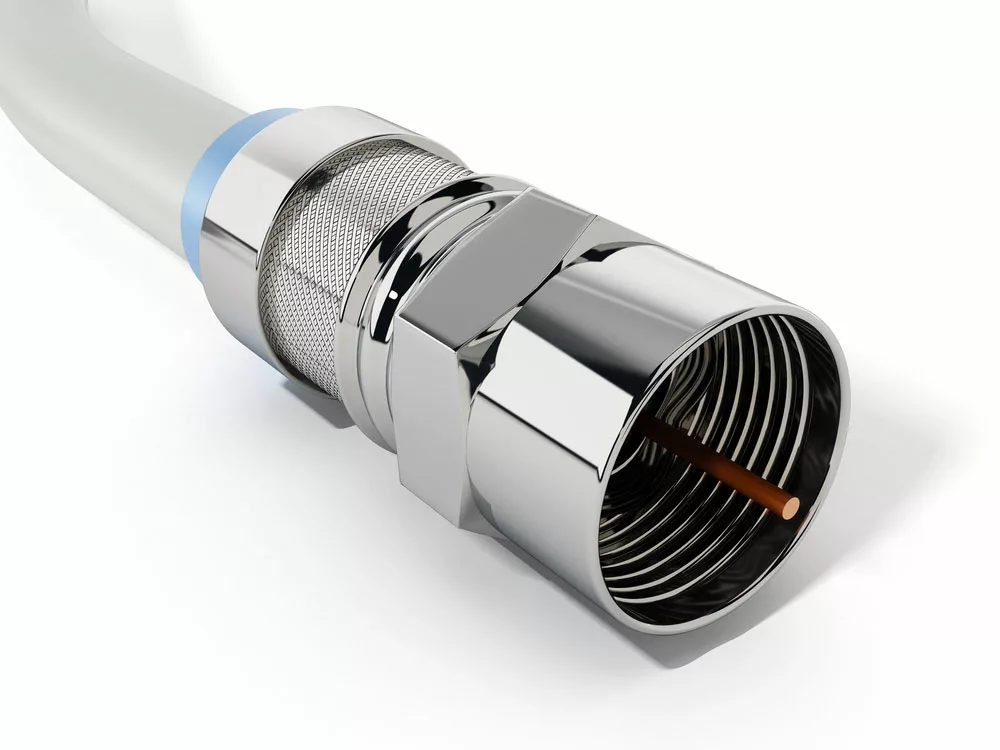Sometimes in the excitement of buying a new speaker, we almost forget that it needs cables too.
So, is the coaxial cable around the home worth using instead of the speaker wire?
The most appropriate answer is yes.
Most people are familiar with coax because it’s the wire you use to connect the cable to your TV.
Although it is most commonly used in video applications, it is versatile. While its thickness and lack of flexibility can present wire management issues, it can easily connect speakers to audio receivers in a pinch.
Here’s what you need to know about the process of making Coaxial Cables for Speakers.
Table of Contents
- What’s a Coaxial Cable?
- What is a speaker cable?
- What’s the difference between a coaxial cable and a speaker cable?
- Can I Use Coaxial for my Speakers?
- How to Turn Your Coaxial into Speaker Cable?
- Conclusion
What’s a Coaxial Cable?
A digital coax cable is an electric conducting cable with insulation. Cables like these use 20 kHz and 300 GHz radio frequencies to deliver digital and analog electric impulses.
Coaxial speaker cables can connect to a large number of connectors. You have already used it in many applications but with different connectors each time.
Due to changes in connectors, you may know two types of coax cables, RCA and XLR.
What is a speaker cable?
In speaker cables, two cables twist together while the PVC shielding covers them. In addition to shielding, it protects the inside copper wire from oxidation and rust.
The low output impedance of the power amplifiers to which the speaker cables are connected means that the wires don’t need to be shielded from electric and magnetic fields in the audible frequency range.
A conventional listening room also has no problem with radio frequency interference (RFI) unless the listener lives near a very low frequency or low magnitude (MF) radio station.
Consequently, using any form of shielding or even twisting individual electrical cables is not essential.
What’s the difference between a coaxial cable and a speaker cable?
Coaxial cable modems send weak signals over the cable while protecting it from electromagnetic waves and noise. On the other hand, the speaker wires transmit a loud sound over the wires while not giving any shield to them.
The coax cable and a speaker wire (two-core guitar wire) seem like the same wires from the outer jacket. These cables are TS-type, with a quarter-inch connector.
On the inside, one has shielding, and the other has not, so the coax cable can send digital signals with minimal interference, making a secure connection.
Can I Use Coaxial for my Speakers?
Using coaxial connections for your speakers is possible, but you’ll need new connections. If you want them to operate with your speakers to send RF signals, you’ll need to swap out the conventional F-Type connectors for RCA cable.
Theoretically, they should function with a subwoofer and most speakers, but you will encounter many issues in practice.
If you want your amplifier to function properly, you shouldn’t utilize a coaxial wire for your speakers. You won’t be able to drive the speakers efficiently, and the increased resistance could destroy your system.
Use a longer coax wire if that’s what you plan on doing since a shorter cord increases the device’s malfunction.

Caption: Typical audio jack
How to Turn Your Coaxial into Speaker Cable?
Most home theater systems have coaxial outputs connecting to additional audio/video equipment. Due to their adaptability, you can use coaxial cables; however, you must modify the connector type.
Using the following steps, you can convert your coax into a speaker wire for digital audio signals:
Disconnect the wire
Coaxial cable, used for transmitting video signals, typically has two connectors. Removing the coax connectors from both ends of the cable is the first step in connecting your speakers using coaxial.
Remove the plugs by slicing them off with a utility knife. Before severing the ends of a cable, you may need to strip off any additional wire coating.
Measure the Length
There’s a wide range of lengths for coaxial audio cables. You can find cables ranging from six to more than fifty feet, depending on your needs. It requires precision measuring and chopping to fit your needs. The length will vary from one home theatre to the next due to factors like the system’s specifics.
You’ll need to figure out how much cable you’ll need to connect your speakers to your TV. A string connected from your speakers to your receiver or amplifier is an excellent choice.
Calculate the sum of all the lengths by repeating the process for each link.
To ensure accuracy, measuring the length twice or thrice is recommended. If you want to be safe, add a few more feet to your total height, and you’re all set to move forward.
Coax insulation stripping
Now you can begin the process of preparing the coaxial cable for use. At this point, you must exercise caution so the cable is not damaged.
Start by securing the coaxial cable in the notch of the ring tool using the jaws before releasing the jaws and rotating the tool several times. It is the simplest method for removing the jacket.
A sharp knife can be used without a ring tool, but take care to avoid injury.
Unbraid the shielding
Following the scraping away of the insulation, the shielding must be unbraided.
This solid copper core will link your stereo components. You must carefully unwind the shielding to expose the usable copper wire beneath.
Remember that you must remove the metal shield from an RG6 coax first. If you want to use it as a speaker wire, strip it down to the conductor wire.
Remove the Insulation
We have already begun dismantling the shielding, so we are close to our goal. The outer insulation on the core conductor wire needs to be stripped away at this point. An insulation layer protects the copper wire, but you must remove it.
Remove the insulator completely once you strip both ends.

Caption: Isolated coax cable
Conclusion
Coaxial cable links a cable or satellite box to a TV. Also, it’s a handy cable to have on hand for various situations, and its adaptability will come in handy when connecting speakers to audio receivers.
However, the coaxial cable may damage the amplifier. Still, it entirely depends on the way we use it. It is necessary to determine the kHz range on the amplifier.
It must ensure that cables conform to this rating. Using coaxial cables is not strongly safe, so we must go for its alternative to minimize the risk of problems.
